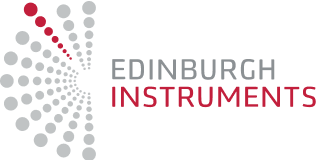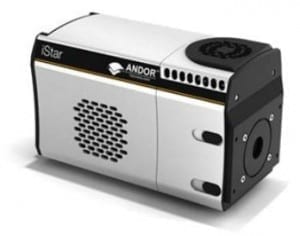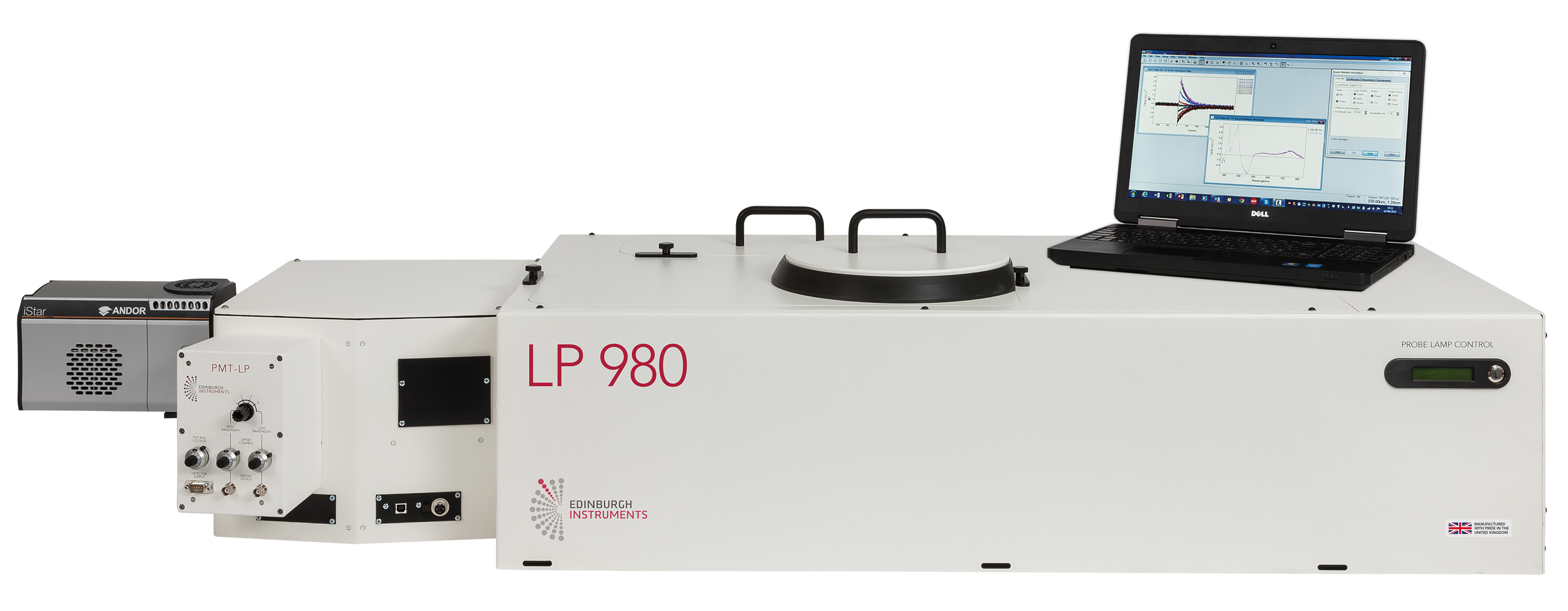
LP980 Transient Absorption Spectrometer
- All-in-One spectrometer for Transient Absorption and Laser-Induced Fluorescence
- Transients can be measured up to 2.55 µm to cover a wide range of samples and sample types
- Integrated ICCD allows transient spectra to measured within one laser flash
- Advanced software package for complete computer control of all components and measurements
Product Description
The LP980 spectrometer sets the standard for technical performance required in a transient absorption research instrument, offering unsurpassed measurement capabilities across a broad range of chemical, physical and biological applications.
Kinetic (K) and Spectral (S) Mode
At the heart of the LP980 is a fully integrated and sophisticated transient absorption spectrometer. It uses the pump-probe technique for measuring transient kinetics and spectra. In kinetic mode (K) a single point detector is used to measure the transient kinetics at a single wavelength (spectra can be built up by automated scanning over a wavelength range and slicing the data). In spectral mode (S) a gated intensified CCD is used to capture the whole spectrum in the presence and absence of the pump laser pulse, meaning the whole spectrum can be generated after one laser pulse. The LP980 spectrometer has a dual sample chamber that enables users to reliably and accurately measure transient chemical and biological species up to 2.55 µm using the pump-probe technique AND laser-induced fluorescence lifetimes down to nanosecond time ranges.
Transverse sample excitation geometry comes as standard. Thin-film, diffuse reflection, fluorescence and phosphorescence lifetime measurement accessories are available as options.
Our tried and tested advanced software, the L900 package, is capable of dual mode measurement removing the need to make any manual mechanical adjustments. The software has an easy-to-use graphical user interface that simplifies a user’s ability to take measurements easily. Users can comprehensively manipulate data and perform analysis routines.
Enquiries for the LP980 Spectrometer
For further information on the LP980 spectrometer, or to enquire, please contact a member of our sales team at sales@edinst.com.
Technical Specifications
| LP980 Base Configuration | Specification |
|---|---|
| Monochromator | Czerny-Turner with triple grating turret, 325 mm focal length, 25 µm to 10 mm computer-controlled (continuously adjustable) motorised slits |
| Laser Excitation Source | Flashlamp pumped Q-switched Nd:Yag laser operating at 1064 nm, 532 nm, 355 nm or 266 nm. OPO, tuneable in the range 410 nm – 710 nm (signal). Idler and UV doubler options possible |
| We can supply a fully integrated laser, please contact us for more information | |
| Sample Geometry | Transverse sample excitation geometry included as standard |
| LP980-K (Kinetic Mode) – for lifetime transient decay measurements at a single wavelength | Specification |
|---|---|
| Grating | Plane ruled grating, 1800 g/mm, 500 nm blaze as standard |
| Dispersion | 1.8 nm/mm |
| Spectral Range | 200 nm – 870 nm |
| Spectral Resolution | 0.1 nm |
| Sensitivity | ΔOD 0.002 (single shot – fast detector option, PMT), ΔOD 0.0005 (single shot – slow detector option, ICCD) |
| Detector Type | Photomulitplier (PMT) with 5 stage dynode chain for high current linearity |
| Detector Impedance | 50 Ω (amplified – fast detector, <3 ns rise time), 1 kΩ (slow detector, <100 µs rise time) |
| LP980-KS (Kinetic & Spectral Mode) – for lifetime transient decay measurements AND spectral measurements of the decay process) | Specification |
|---|---|
| Grating | Kinetic mode grating plus an additional plane ruled grating: 150 g/mm, 500 nm blaze supplied |
| Dispersion | 21.6 nm/mm |
| Spectral Coverage | 540 nm (active horizontal ICCD dimension: 25 mm) |
| Spectral Resolution | 0.56 nm (spectral coverage / 960 pixels) |
| Sensitivity | ΔOD 0.0005 single shot |
| Detectors | Kinetic mode PMT plus an additional image intesified CCD camera (ICCD) supplied |
| Min. Optical Gate Width | 7 ns (FWHM) |
| Active Pixels | 960 x 256 |
| Active Area | 25 mm x 6.7 mm |
| Cooling | -20°C as standard (-35°C with additional water circulation) |
| LP980 Upgrade Options | Specification |
|---|---|
| Gratings | A variety of gratings with 150 g/mm – 2400 g/mm, optimised from UV through to NIR |
| Sample Holders | Cross-beam geometry, diffuse reflectance, thin-film accessory |
| Detectors | InGaAs detectors (900 nm – 2550 nm) for NIR range are available |
Software
The L900 software package controls both the LP980-K, kinetic mode operation, as well as the LP980-KS, kinetic and spectral mode operation. This ensures full compatibility between the two modes as well as a user friendly software environment for systems able to operate in either mode.
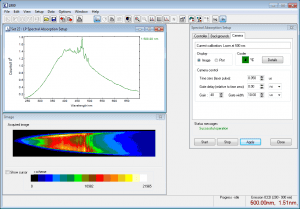 The user can view pixel bitmaps of the CCD image to assess the quality of the image at the ICCD photocathode. This is particularly useful for setup and optimisation purposes prior to measurement sequences. For standard measurements 2D images of the raw data and the resulting optical densities are the preferred plot options.
The user can view pixel bitmaps of the CCD image to assess the quality of the image at the ICCD photocathode. This is particularly useful for setup and optimisation purposes prior to measurement sequences. For standard measurements 2D images of the raw data and the resulting optical densities are the preferred plot options.
Comprehensive spectral calibration features are available, and automatic software subtraction of camera dark noise is provided. A variety of different spectral measurement and correction options can be made. For example, with the probe shutter permanently closed normal time resolved emission spectra are taken. If a measurement sequence is made with a fixed gain and fixed gate width, but with incremental increase of the gate delay, a map of time resolved spectra is automatically generated. These can be sliced to produce kinetic decays at a given wavelength.
Upgrade to our FLASH software package for advanced transient absorption curve fitting.
Upgrades
Spectral Mode Absorption and Emission
Measurement Techniques Upgrades
Temperature Control Options
Spectral Range Upgrades
Software Upgrade
Downloads
LP980 Transient Absorption Spectrometer
- Temperature Dependent Triplet States of Benzophenone; Spectral and Lifetime Measurements Utilising Transient Absorption Spectroscopy
- Understanding the Light-Harvesting Photosystem II; Utilising Transient Absorption to Study a Molecular Triad’s Photoinduced Electron Transfer Reactions
- Kinetics of Photocatalysis Reactions Studied by Transient Absorption Spectroscopy
- SWCNT: Photogenerated Excited States in Solubillized Single-Wall Carbon Nanotubes; Transient Absorption and Oxygen Dependence of the Triplet
You can find all of our Application Notes here.







